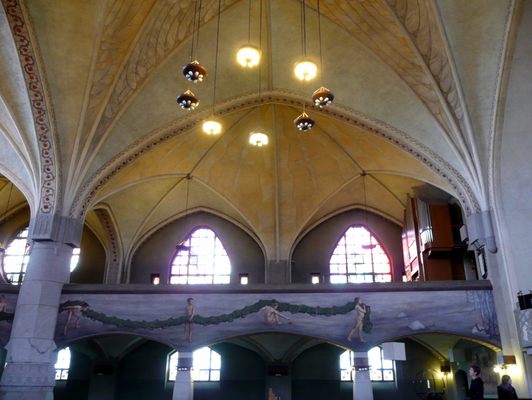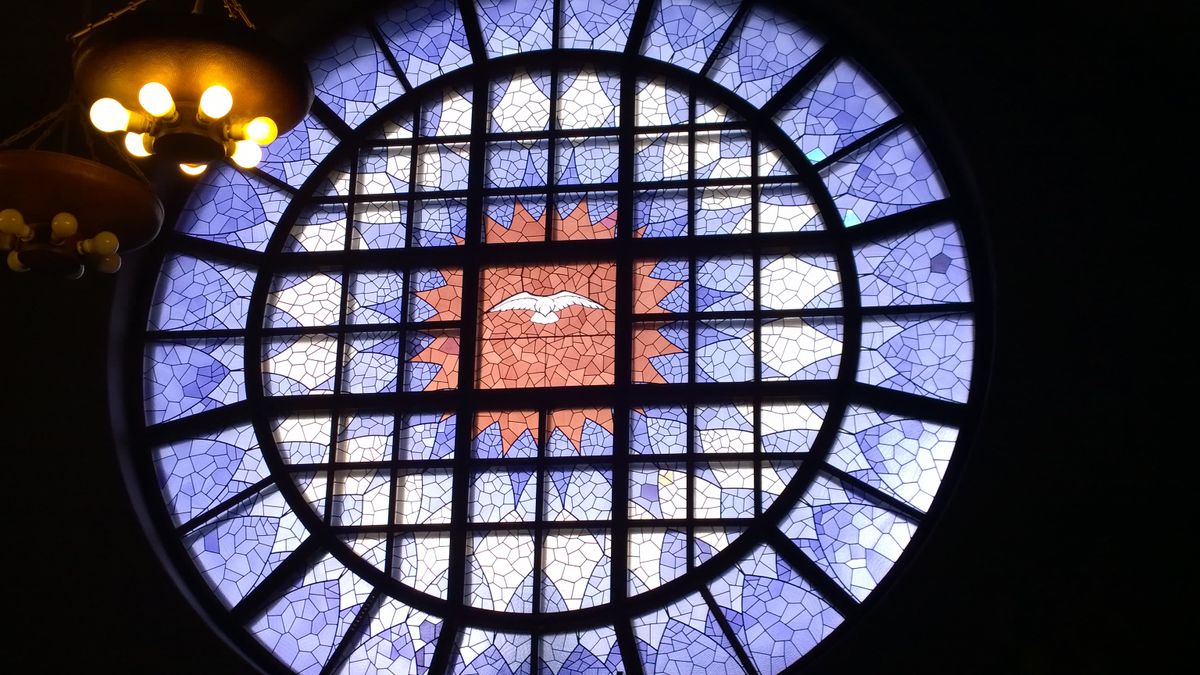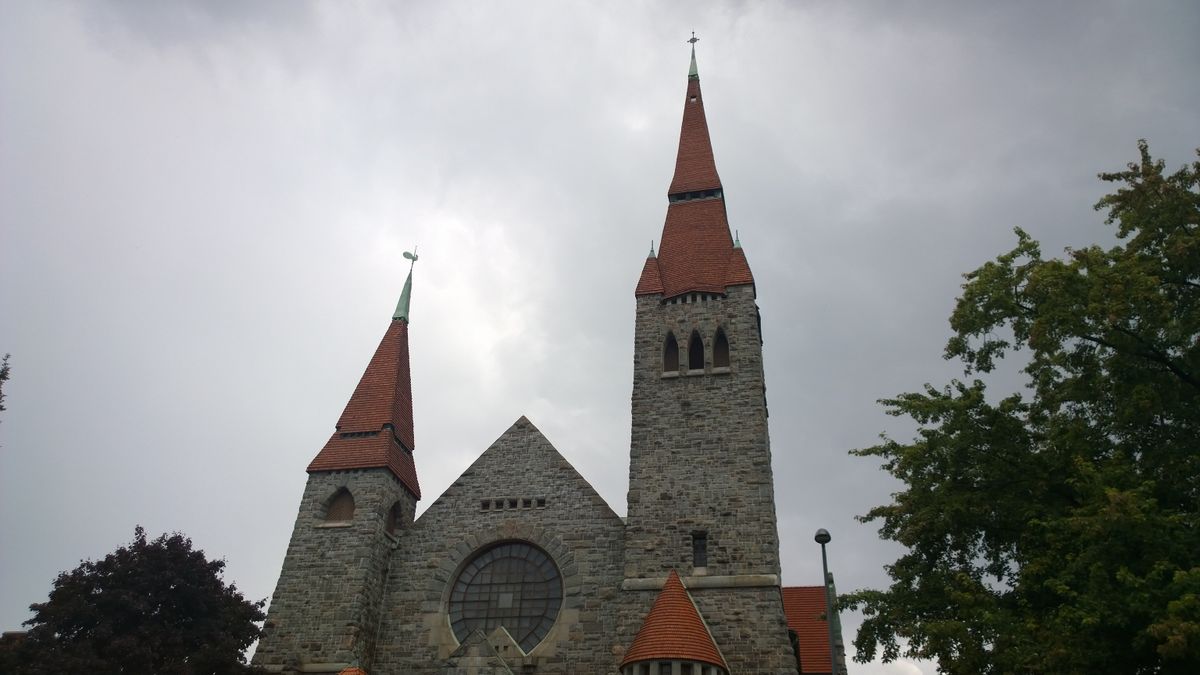About
The frescoes and paintings inside the Tampere Cathedral in Finland, created by Finnish symbolist painter Hugo Simberg in the early 1900s, are a national treasure, incorporating his trademark themes of mortality and the supernatural.
Simberg was fascinated by the idea that death and decay are all around us. One of the recurring images he included in his work was a skeleton wearing a black cape. Though viewers at the time initially found the symbols and figures in his work odd and disturbing, they slowly grew accustomed to Simberg's style. He was commissioned to decorate the interiors of the new cathedral in Tampere, being built in 1902, at the height of Finland's National Romantic movement at the turn of the century.
At the time, there was much opposition to the policy of Russification, and the Finnish asserted their identity through art and architecture. This is beautifully depicted at Tampere Cathedral (then called St John’s church), which is adorned with stained glass work, frescoes, and paintings. The most famous are Simberg's macabre frescoes. On the upper floor you can see "The Wounded Angel," voted Finland’s national painting in 2006. It depicts two boys, one of whom looks directly at the viewer, carrying a bandaged angel on a stretcher. "The Garden of Death" can be seen on the ground floor near the altar. According to a note by the artist on the back of his initial sketch, it depicts "the place where dead people end up before entering heaven." The skeletons have an almost kindly appearance as they tend to the plants in the nursery.
The most controversial of Simberg’s creations for the church was the serpent holding an apple in its mouth, which decorates the highest point of the ceiling. This was viewed as a symbol of corruption and sin and his critics termed it unsuitable for a church and called for its removal. Even as late as 1946, there was a proposal by the bishop of the Tampere diocese that it be removed.
Related Tags
Know Before You Go
Know before you go: The cathedral is open daily but hours are often restricted due to its popularity for weddings and baptismals. The upper part of the cathedral is closed for general visiting, however if you ask politely you may be allowed to go upstairs to look more closely at 'The Wounded Angel'.
Community Contributors
Added By
Published
April 7, 2017










































